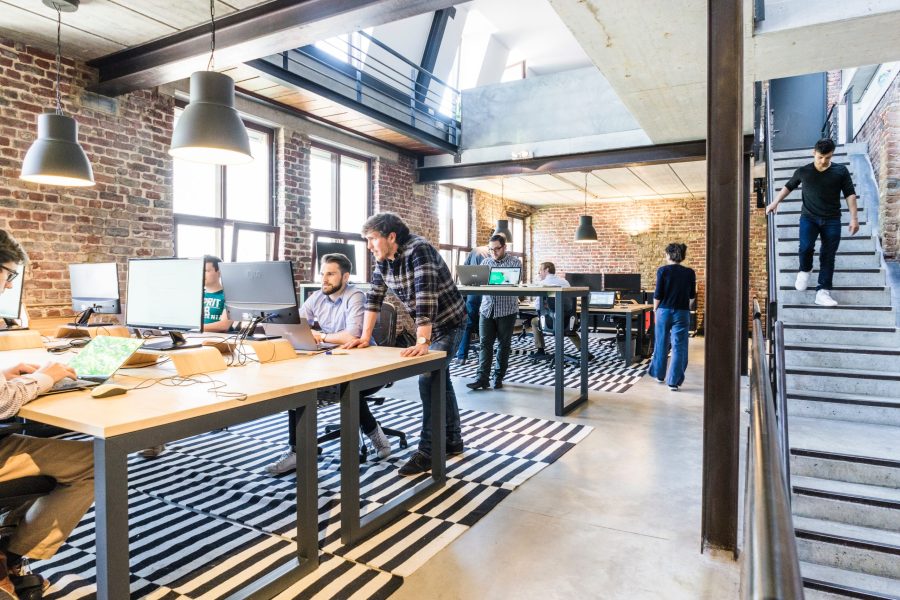If your company works in hazardous environments, then you’ll know how important it is to tackle topics like workplace safety. Falls and injuries that result from falls are a common occurrence in many workplaces, and preventing these injuries is critical. To help get you started, we’ve compiled a few ways to mitigate the risks of employee injury from falling.
1. Keep the workspace clean
Cleanliness is a key part of workplace safety. If you have debris or slippery materials on floors or walkways, workers are a lot more likely to slip and fall. Because of this, keeping things neat and tidy is absolutely critical.
Make sure to implement proper housekeeping procedures on a day-to-day basis. This is especially important if your line of work involves working around oil or moisture. Walking surfaces should be as dry and clean as possible. Create a dedicated team that can take care of cleaning to maximise efficiency.
2. Form a risk assessment plan
While conducting workspace cleaning and maintenance, you should also take the time to form a risk assessment plan. Understanding the risks associated with the job is the first step to mitigating those same risks.
Some hazards are more obvious than others, which is why you should do a thorough risk assessment of the workplace. Communicate with workers to learn about hazard-related issues that have come up previously. This will help you create a thorough plan for slip and fall prevention.
3. Maintain adequate lighting
Another important facet of workplace safety is ambient lighting. Even with impeccable measures, if workers are unable to see the surface that they’re walking on, slips and accidents are likely.
Every surface should be well lit, even if it isn’t positioned on the ground level. This goes for everything from stairs, ramps, and walkways to hallways, basements, and dock areas. As long as there are workers present, there should be adequate lighting. Reminding employees to turn on lights right when they enter a room can help mitigate slips as well. Make sure to keep light switches right by the entrances to rooms to make this easier.
4. Get the right equipment
As is the case in most dangerous lines of work, having the right equipment can mean the difference between a safe environment and potential disasters. If employees are exposed to any hazards, protective gear and tools are essential.
If you want to reduce the chance of slips and falls in the workplace, don’t forget about the proper safety signs and equipment. Skimping on these elements would inevitably lead to worker injury down the line. Signs are especially useful at pointing out the potential hazards that a worker might encounter, but they can also be used to signal the location of first aid kits, spill control stations, and much more.
5. Utilise non-slip surfaces
What do you do if your employees constantly have to work on wet and slippery surfaces? If you can’t do anything about the surfaces themselves, you can add another layer to increase safety. This is where safety mats and non-slip surfaces come in.
These kinds of surfaces are excellent at providing safety and stability to specific workspaces. They’re incredibly versatile and help keep workers safe in hazardous conditions. At the same time, they also improve posture and keep varicose veins at bay. Most importantly, they keep workers from slipping and falling.
Conclusion
There are many ways to keep your workers safe from fall injuries. If you follow protocol and create a plan of action, you can mitigate the risks of a hazardous workplace with relative ease. Throw in some good equipment, and you won’t have to worry about workers sustaining serious injuries any time soon.

